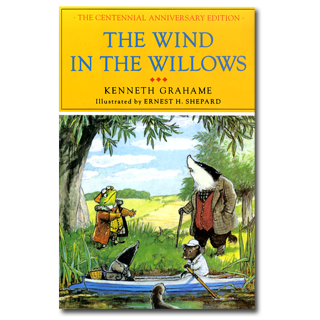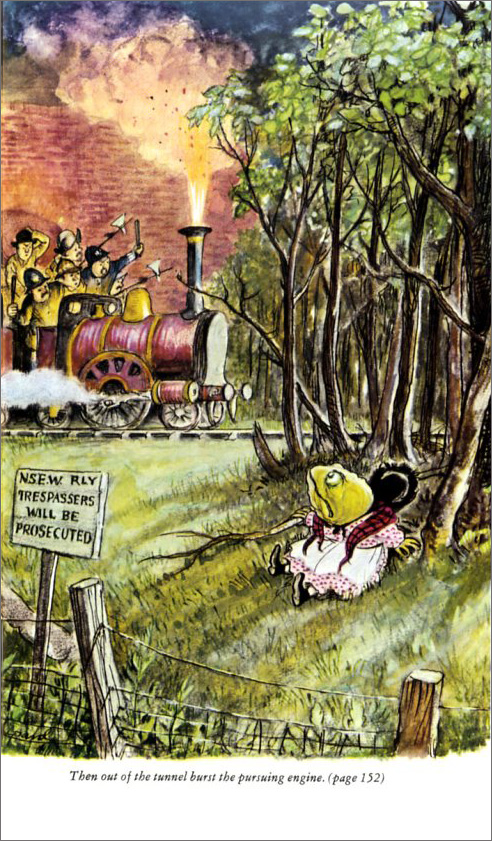
A FEW OTHER EVENTS FOR
DECEMBER 10:
- Happy birthday, Cornelia Funke (Inkheart).
- It’s the birth date of Rumer Godden (1907–1988), The Doll's House, An Episode of Sparrows, George MacDonald (1824–1905) Phantastes, The Princess and the Goblin, and Mary Norton (1903–1992) The Borrowers.
- It’s also the birth date of poet Emily Dickinson (1830–1886). Read Emily by Michael Bedard, illustrated by Barbara Cooney, and I’m Nobody! Who Are You?: Poems by Emily Dickinson for Young People illustrated by Rex Schneider.
- Melvil Dewey (1851–1931), creator of the Dewey Decimal classification system, was born on this day. Hence, it’s Dewey Decimal Day. Read Bob the Alien Discovers the Dewey Decimal System by Sandy Donovan, illustrated by Martin Haake.
Often, with classic children’s books, we remember both the writer and the illustrator. So Lewis Carroll brings to mind the illustrations of Sir John Tenniel. Contemporary readers appreciate Tenniel more than Lewis Carroll ever did—he was basically disappointed with the art for Alice in Wonderland.
Fortunately, our birthday celebrant, Ernest H. Shepard, born 132 years ago, found more appreciative writers when he matched their texts with his drawings. Both A. A. Milne and Kenneth Grahame thought him amazingly sensitive to their work. Milne recommended our birthday boy to Grahame, who had long wanted an illustrated edition of The Wind in the Willows. “I love these little people, be kind to them,” Grahame implored E. H. Shepard when he handed over the text for what became the 1931 edition of the book.
P. L. Travers was so enthralled with Shepard’s work and his mastery of humorous illustrations that she longed to have him create art for Mary Poppins. Although he declined, his daughter Mary took over the project.
With a grandfather well known for his watercolors and a father who was an architect, Shepard received early encouragement for his artistic career. At eighteen, he entered the Royal Academy Schools where he met his wife, Florence. Creating artwork for the British humor magazine Punch, he became adept at showing human expression with the subtlest use of line. Later, of course, he would be known for his ability to bring characters and their personalities to life.
One Saturday morning, without an appointment, Ernest Shepard brought a portfolio of sketches to the home of poet and playwright A. A. Milne. Surprised by his uninvited guest, Milne still looked at the drawings and liked what he saw. So Shepard was invited to illustrate Milne’s book of poems, When We Were Very Young (1924), and later he provided the perfect blend of whimsy and naïveté for Winnie-the-Pooh (1926). In the tried and true method of illustrators, Shepard modeled Pooh on a bear owned by his own son, named “Growler.” Even though it often annoys writers, artists get to use their family and friends as models.
When he worked with Grahame on The Wind in the Willows, the author showed Shepherd the nearby river that had inspired the book; Shepard spent time there with his sketchbooks, searching for details like Rat’s boathouse or holes in the ground where Mole might live. Although Grahame did not live to see the book finished, he approved the drafts that Shepard provided and knew before he died that his characters were being given the care and attention they needed. In 1959 Shepard created full page color illustrations for Graham’s classic (see below).
In 1972, a few years before his death, Shepard received the Order of the British Empire. An even more important honor is that every day young readers pick up the books for which he became famous. Happy birthday and thank you, Ernest H. Shepard; for generations of readers you have brought Christopher Robin, Pooh, Mole, Rat, and Badger to life in your drawings.
Here’s a page from The Wind in the Willows:
Originally posted December 10, 2010. Updated for .














Thanks so much for this tribute to a favorite illustrator and a favorite book. I grew up with the version of The Wind in the Willows illustrated by Arthur Rackham, and thought I could never love a different view of “the little people” and their world, but when my husband brought home his childhood copy illustrated by Ernest Shephard, I was forced to divide my loyalty.
I first read WInd in the Willows as an adult, and to this day, I get misty-eyed when I read chapter 7, Piper at the Gates of Dawn, where Rat and Mole are searching for the lost Portly.
Rat and Mole suddenly hear a reed flute being played in the wind by a mystical piper drawing them to Portly’s location.
That passage took me back to a time when I was small and very lost. It surfaced a powerful memory and opened a new place in me.
(The book title “When Your Reach Me.” did the same thing to me.)
If you’re paying attention to who you are as an adult, children’s books can often pull you to an unexplored place that has been waiting for you. For some of us, for a long time.
I’ve always thought “Piper at the Gates of Dawn” one of the most remarkable chapters in children’s books. I go back to it again and again. Anita
I loved chapter 7, too, as I was growing up. But as I get older (and older), I am more drawn to chapter 5, “Dulce Domum.” As Rat and Mole are making their way back home on Christmas Eve through fields blanketed in snow, Mole catches the scent of his old home under the ground. He had happily abandoned Mole End the previous spring, but now it tugs at his heart and he has to search for it, even though the unconcerned Ratty has marched on ahead, completely oblivious to his friend’s dilemma. It is so warmhearted and nostalgic that it never fails to put me in a Christmas spirit. A slightly abridged version was published under the title “A Wind in the Willows Christmas” with Michael Hague’s illustrations, and it makes a lovely keepsake, though nothing really replaces the original chapter, with Shepard’s poignant drawings.